We have recently received results from the first 60 samples that were submitted to Duke University for DNA barcoding. The DNA was extracted from the FTA plant saver cards and amplified by PCR in the lab of Rytas Vilgalys by visiting New Zealand Fulbright student Renee Johansen. The PCR products were then sent for DNA sequencing. For more information about this process please see the DNA barcoding project pages. Not all the samples were successful in the amplification or DNA sequencing steps but results were obtained for approximately 70% of the samples which is consistent with samples collected in the field.
Both the ITS and the LSU DNA barcodes were analyzed. The ITS barcodes are best for differentiating between species and the LSU barcodes are often used in combination with the ITS barcodes and are generally used for family level comparisons.
It is going to take us a while to go through the results and fully understand them. Some are easy with 100% identical matches to the identified species and some present a bit of a puzzle. However the initial BLAST searches for nearly all of the samples identified the expected family. Dick Dougall has already figured out the the corresponding current names for the Stropharia magnivelaris/Weraroa cucullata results that originally looked a little puzzling. These species are now know as Leratiomyces percevalii and Leratiomyces cucullata, and are far closer to the identified species [icon]Leratiomyces squamosus var. thraustus. There was an actual barcode with 100% match to Leratiomyces squamosus var. thraustus in the BLAST results as well.
Another interesting sample was a half free morel collected at Bushy run battleground in the spring of 2013. I originally identified it as [icon]Morchella punctipes (half free morel). The Morel family has been well studied and undergone a large species reversion in 2012[cite]22495449[/cite]. One of the questions arising from this study is exactly which Morels do we have growing in the local area. In this case the DNA barcode has a 100% identical match to [icon]Morchella diminutiva, our barcode is 100% covered by the Morchella diminutiva entry JX069664 in the Genbank database. Due to the recent taxonomy changes many of the pictures on the web are no longer assigned the correct species so care now needs to be taken when using pictures from the internet to help you identify species.
As part of the collaboration Rytas Vilgalys will be presenting a talk entitled “Field mycology enters the molecular age” at this years Lincoff foray.
The next steps of the project involve submitting the vouchers to the Duke Herbarium, and adding electronic entries to the MyCoPortal and Mushroom Observer websites. For the amanita both the vouchers and DNA barcodes will be passed on to Rod Tulloss as part of the clubs collaboration. We will also be presenting the results both on our website and later in the year at a club meeting.
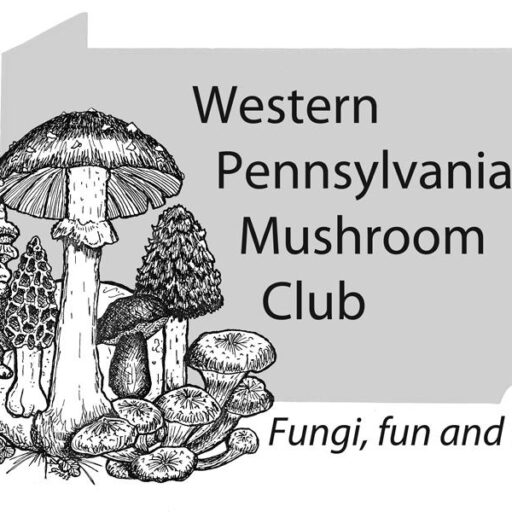
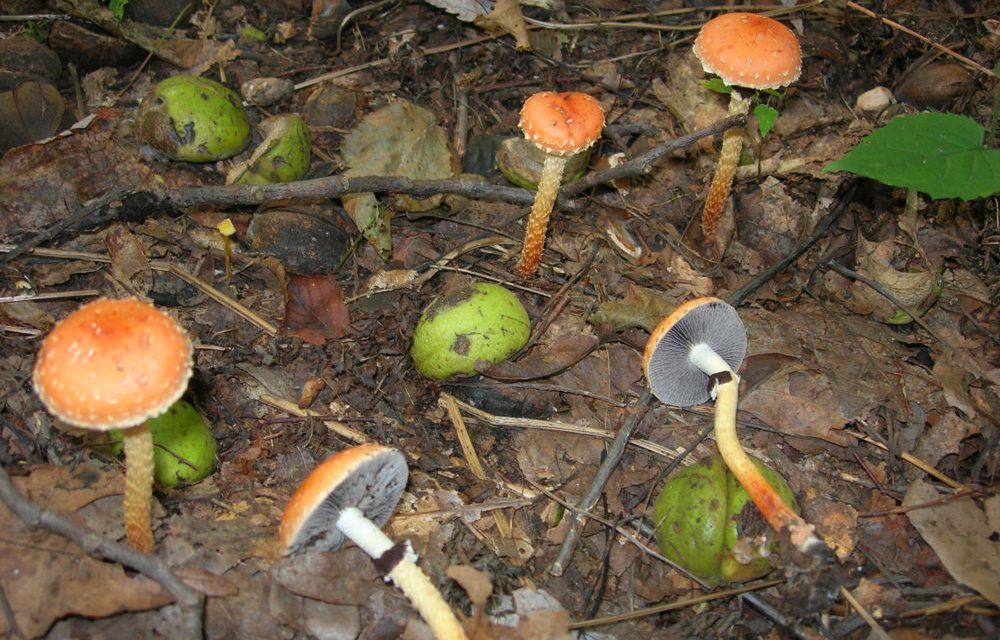






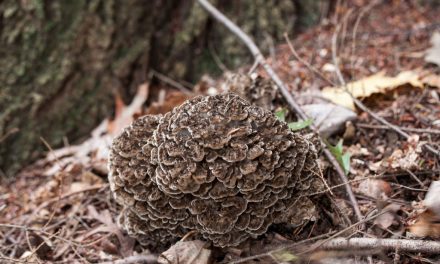
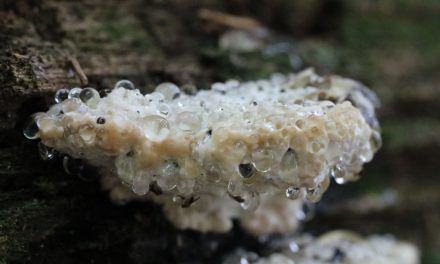
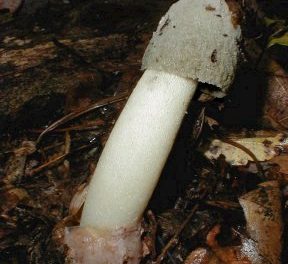
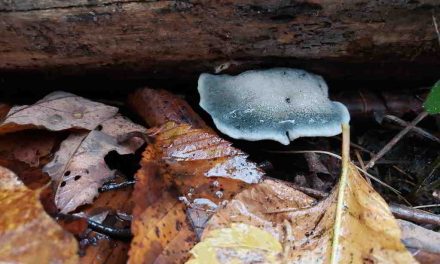

Hello! This is such a great story and great data. If you need any help, I am located at California University of PA and use ITS region to identify all of my soil fungi.
Glad to hear that you like the project. There will be more results to follow and we would love to talk more about DNA barcoding. I followed up in a separate email.
I suggest selecting 100 species – mushrooms readily recognizable by people – and relatively common in the area and the northeast/mid-Atlantic generally. Maybe if there’s a choice to be made, choosing a European described taxon over some locally described by Peck or another American mycologist. Comparing these with European sequencing data – and with data collected on these mushrooms in nearby States – would give us a great foundation on which to build a truly reliable checklist of our mycoflora.
That’s an interesting idea and something I will follow up with both club members and Prof Rytas Vilgalys. Out of the 60 samples analyzed so far there are quite a few common species as well as some less documented Amanita. The species used for such a project would probably need to be coordinated across the other eastern US clubs and they would need to set up their own DNA sequencing programs. . .
Something to talk about at NAMA?